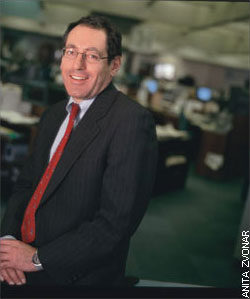Simulations should be used after careful research
No one wants to hear about Tiger Woods anymore, but I have to bring him up. Taiwan’s Apple Daily published a video animation of what happened the night of Woods’s car accident. It was based on information found on the web and from other news sources (part of a new world Noam Cohen of The New York Times calls “Maybe Journalism“).
What scared me were links on Twitter to the video, without mention of its lack of credibility. The animation may not be more accurate than original reports by other news outlets, but that doesn’t mean it should be condoned.
Reconstructed scenes should be put together after thorough research. CBC’s Journalistic Standards and Practices says simulations “must coincide as closely as possible with the event that it purports to portray.” In November, CBC’s the fifth estate aired a documentary explaining what happened when Vince Li beheaded Tim McLean on a Greyhound bus travelling across Canada in July 2008. Scenes from the bus were reconstructed based on witness accounts. An interview of Li by a psychiatrist was also dramatized with actors, using lines from the original transcript. The word “re-creation” was flashed on screen at one point, too.
News outlets need to be transparent and must explain what reenactments are based upon. Otherwise, the naive will trust the information as accurate. Simulations should be used to help a story be correctly told, not to perpetuate rumours.














